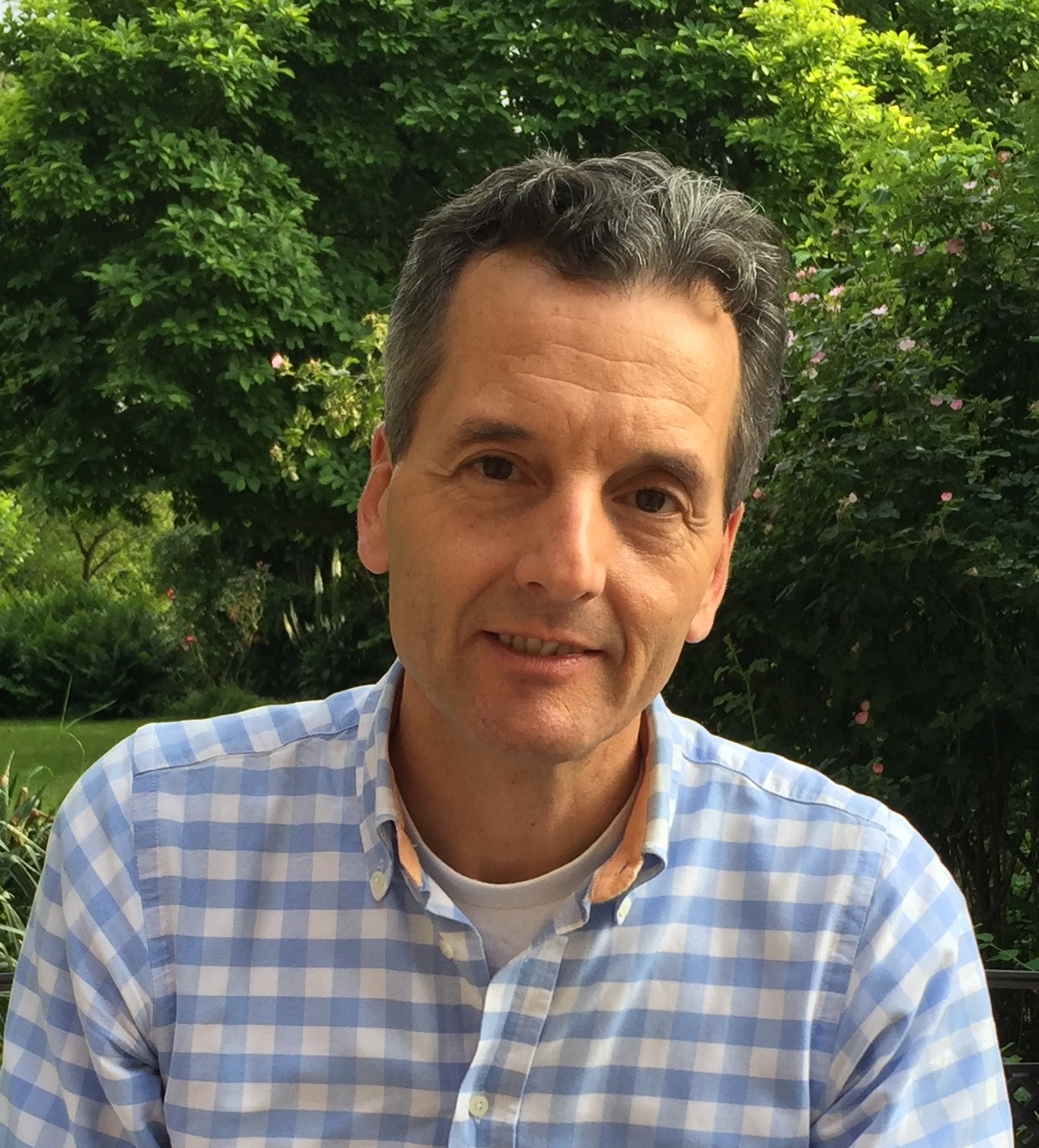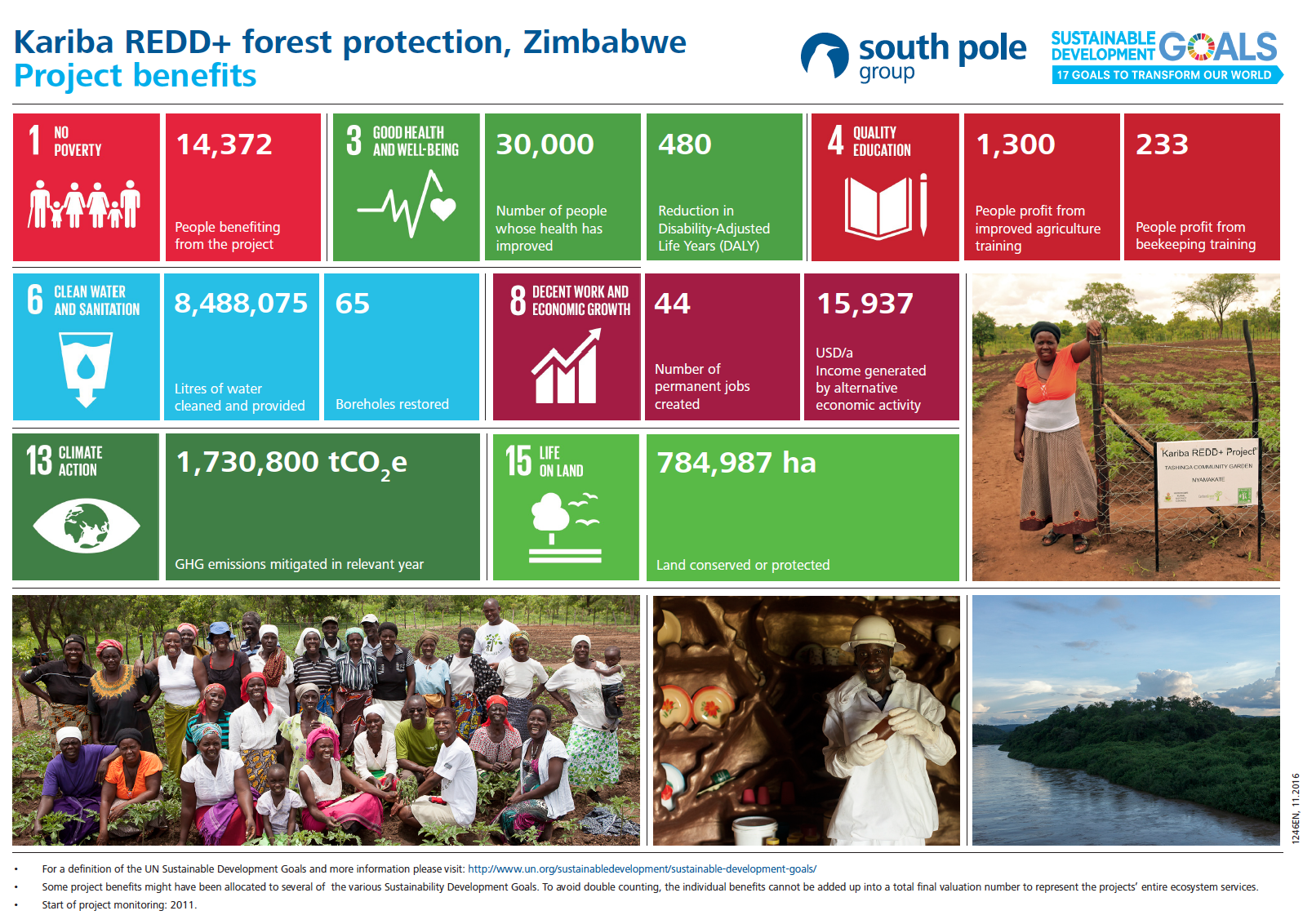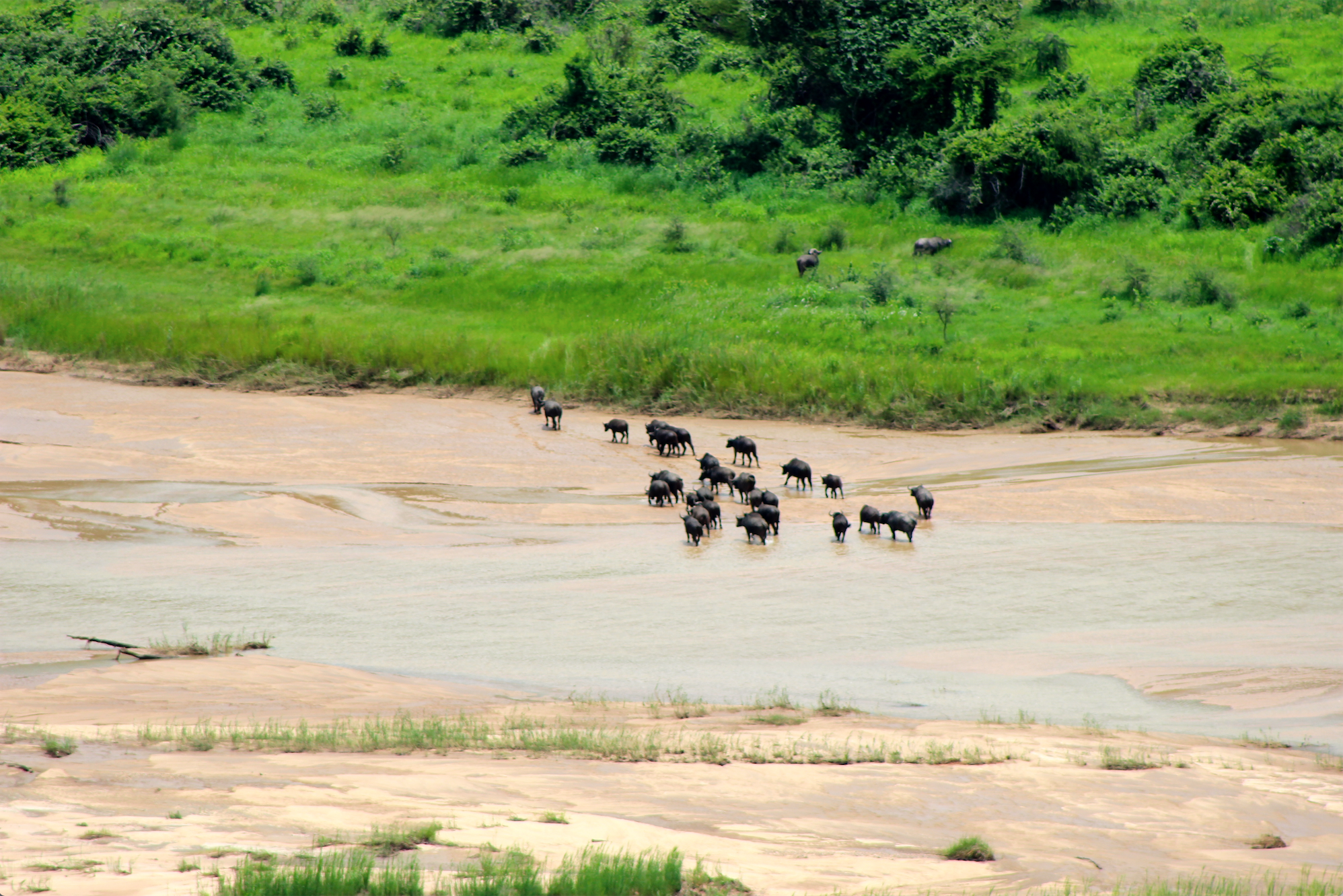
I’m a real outdoor person, hiker, veteran backpacker and bushcrafter, and enjoy taking my family into the forest and teaching my two boys a thing or two about nature. I’m passionate about protecting nature from climate change and have spent most of my 25-year career working for WWF’s global climate campaign. This is where I first met Peter Prokosch in 2000, then Director of WWF’s Arctic Programme. Peter and I developed and tested WWF’s initial ideas about increasing ecosystem resilience against climate impacts. These actually helped lay the foundation for WWF’s current global approach on ecosystem resilience. Both Peter and I then moved on to different roles – still in the realm of nature and climate change. I was extremely pleased that our paths crossed again in 2016 thanks to LT&C, and that we can once again work as partners in protecting nature. So, while our collaboration and friendship started as ‘pandas’, it now continues as ‘penguins’!
Alexander, what was the motivation for the South Pole Group to join LT&C as king penguin and how would you describe the link between the mission of Linking Tourism & Conservation and the mission you have on climate ?
South Pole Group’s mission is to create a sustainable society and economy that positively impact our climate, ecosystems and communities. We facilitate global cooperation between different partners in sustainability – which is in fact what LT&C is doing at the intersection for tourism and conservation. This makes us a natural ally for LT&C, and I am proud that we have become an LT&C member. We will leverage our experience of working with the tourism industry and in developing carbon offset projects, and link this to LT&C’s global knowledge network and industry insights. Our shared purpose is to ensure that business practices in the tourism industry actively contribute to the Sustainable Development Goals, in particular those related to climate change and conservation.
LT&C will in the future recommend to its members to offset their climate footprints by investing into the REDD+ Kariba project in Zimbabwe. How is this project neutralising CO2 emissions and at the same time supporting an LT&C-Example as well as a number of SDGs ?

The Kariba forest conservation project is located at Lake Kariba in Northern Zimbabwe, connecting several National Parks and Game Reserves such as Chizarira, Matusadona and Mana Pools National Park (which is also a World Heritage Site), and Lower Zambezi National Park in Zambia. The project is in an area that has a long history of tourism, and by connecting the three national parks and eight safari reserves, the project area forms a giant biodiversity corridor. Unfortunately, the region is suffering heavily from deforestation, poverty and drought. Thanks to the funding provided by LT&C and other partners, we are providing sustainable livelihood opportunities for poor communities in this area. The Kariba REDD+ project reduces CO2 emissions by reducing deforestation and forest degradation, for example by means of employing game scouts who help to reduce wildlife poaching; this also reduces the occurrence of wildfires, which are often caused by poaching activities. The project also helps avoid or tame forest fires through education and training on fire prevention and firefighting. The introduction of and support for conservation agriculture, honey production and fire prevention measures directly attribute a financial value to standing, living trees, and avoided emissions. In short, there is a clear link between LT&C members providing financial support to Kariba, and the emissions that the project reduces. The quantifiable project activities all work towards achieving the UN Sustainable Development Goals 1 (‘No Poverty’), 4 (‘Quality Education’), 13 (‘Climate Action’) and 15 (‘Life on Land’).
How could tourism concretely play a role in offsetting travel emissions for enhancing the effectiveness of REDD (Reducing Emissions from Deforestation and Forest Degradation) in concrete project areas?
The area is popular with tourists who visit the area for photo safaris and to spot wildlife such as the elephant, lion, zebra, buffalo, African wild dog and the Southern ground hornbill. Arrangements are in place to channel part of the income from tourism to the protection of nature. This funding mechanism is, however, small compared to the income the Kariba REDD+ project generates from selling carbon credits. The project is successful but heavily dependent on carbon finance. This means that we need more LT&C members and other stakeholders to engage with the Kariba REDD+ project through offsetting. The support will help secure the successful continuation of the project activities that I described earlier.
What do you expect from the International Year of Sustainable Tourism for Development and what is your involvement in it?
I expect that the International Year of Sustainable Tourism for Development will raise awareness among tourist and the players in the tourism industry about how ecotourism can (and should!) contribute to the sustainable development of local communities, who serve as the guardians of many eco-tourism destinations. If we make sure that these communities prosper, they are more likely to live in harmony with nature and protect the surrounding natural environment. The International Year is also likely to raise awareness and inspire action around the climate impact of travelling, and opportunities to neutralise (‘offset’) emissions. This is where South Pole Group will play an active role: we are UNWTO’s official climate neutral partner for offsetting the series of events that it will organise this year. This will help highlight the concept of offsetting as well as the Kariba REDD+ project – both as an emission reduction project but also as a sustainable destination for eco-tourism.

You can contact Alexander Quarles van Ufford yourself, if you are interested in the Kariba project or offsetting climate footprints: a.quarles@thesouthpolegroup.com



